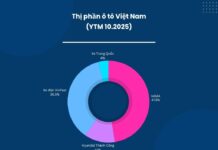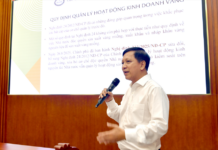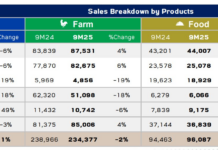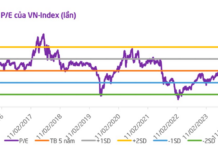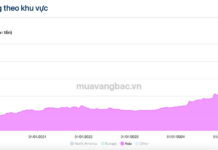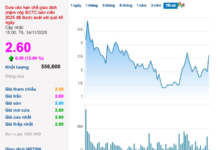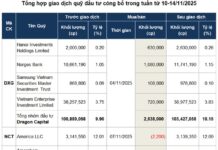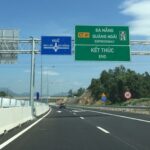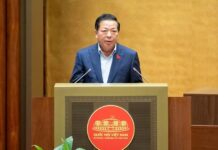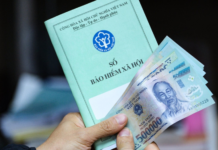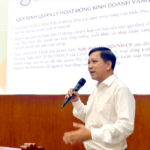According to the Vietnam Expressway Corporation (VEC), the investor of the Noi Bai – Lao Cai Expressway project, the entire route spans 264 km, starting at the Bac Thang Long – Noi Bai interchange (Hanoi) and ending in Bat Xat commune (Lao Cai). This expressway plays a pivotal role in the Kunming – Hanoi – Hai Phong economic corridor, directly connecting with the Kunming – Hekou Expressway (China).
The Hanoi Expressway, operational since 2014, comprises two sections: Noi Bai – Yen Bai and Yen Bai – Lao Cai. Phase 1 of the project revolutionized transportation by reducing travel time from Hanoi to the Lao Cai border gate to just 3.5 hours, down from 7 hours previously. This route has unlocked significant opportunities for trade, investment, and tourism in the Northwest region.
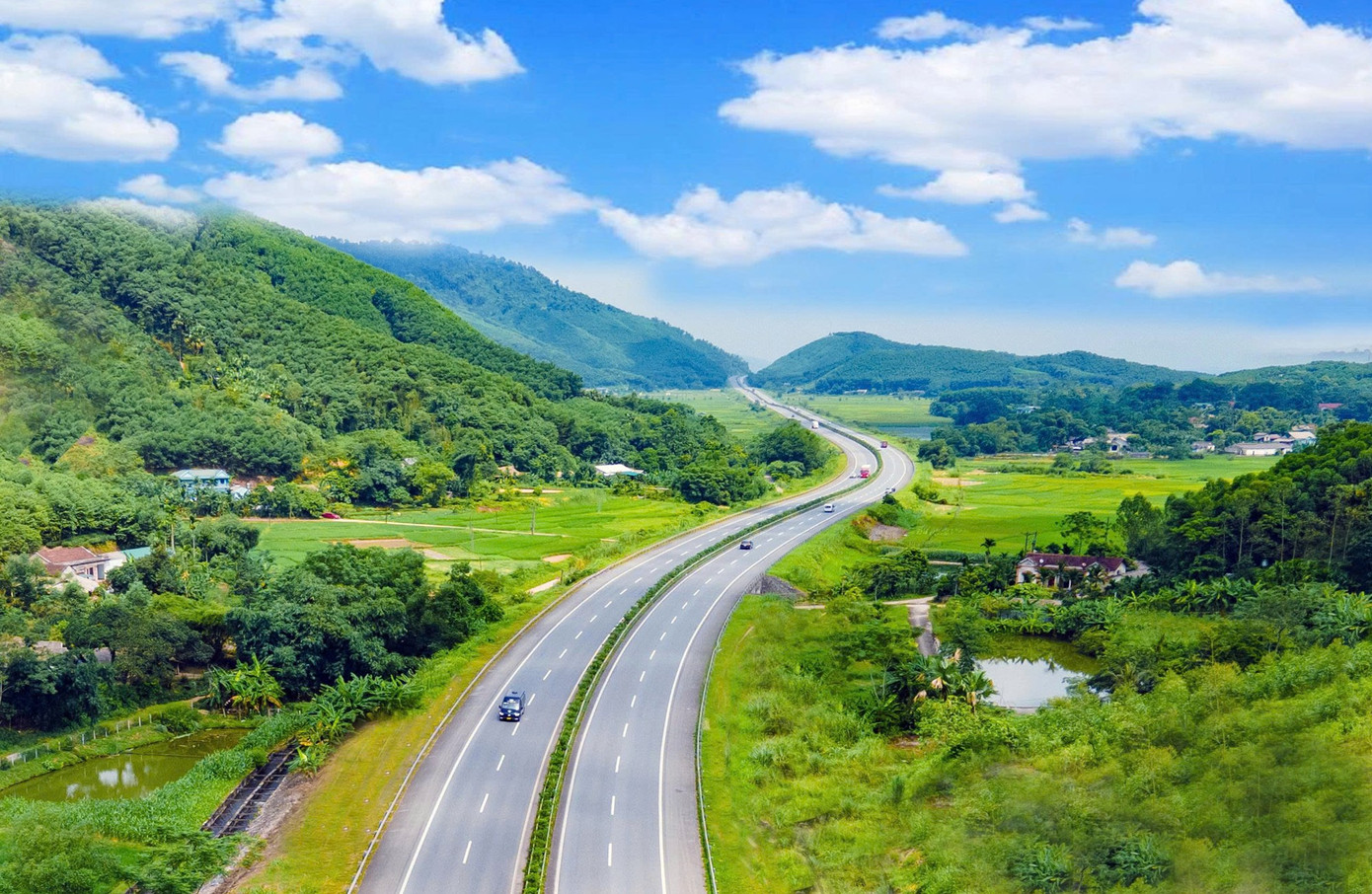
Phase 1 of the Yen Bai – Lao Cai section, part of the Noi Bai – Lao Cai Expressway, has significantly boosted trade, investment, and tourism in the Northwest region. Photo: VEC.
Currently, the Noi Bai – Yen Bai section features 4 lanes with a speed limit of 100 km/h, while the Yen Bai – Lao Cai section has only 2 lanes with a speed limit of 80 km/h. This disparity, coupled with an average annual vehicle growth rate of 10%, threatens to overload the route by 2027.
VEC further notes that the section from Km123+080 to Km244+155 on the Yen Bai – Lao Cai Expressway lacks central median barriers in many areas, posing safety risks. With the 2030 planning aiming to complete the entire route, expanding the Yen Bai – Lao Cai section is an urgent priority, addressing three key objectives.
Specifically, the expansion aims to standardize the route’s scale with the Noi Bai – Yen Bai section, meet growing traffic demands, and foster economic, social, and tourism development while ensuring border security and defense.
As per the investment decision, the Yen Bai – Lao Cai expansion project spans over 121 km. The road will be widened from 2 to 4 lanes, with a 24-meter-wide base and added central median barriers. Scheduled for 2025-2027, the project is set to commence on October 1 and is expected to be substantially completed by 2026, as directed by the Prime Minister.
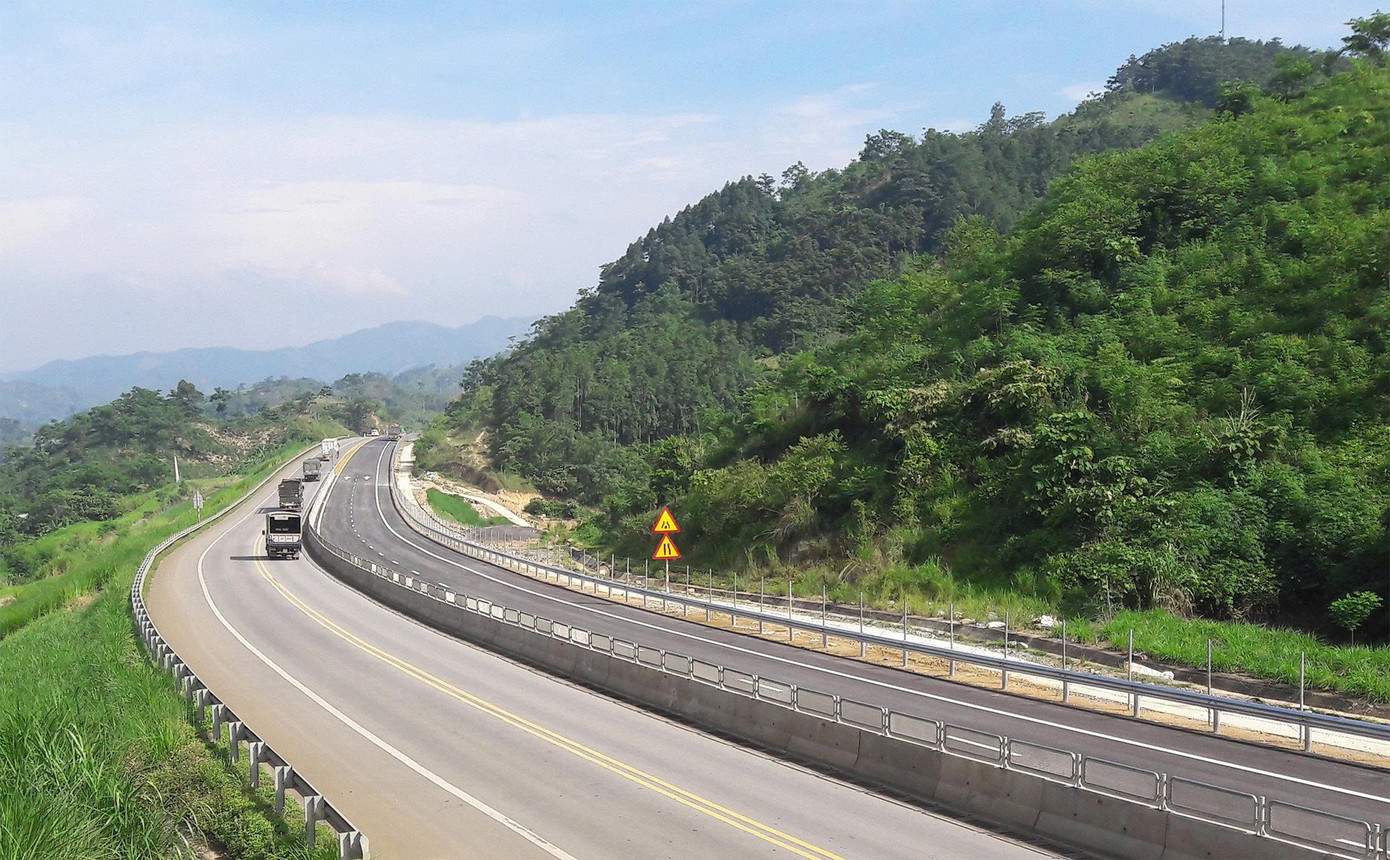
The Yen Bai – Lao Cai expansion project will upgrade the road from 2 to 4 lanes. Photo: VEC.
The project also includes constructing new left-side bridge units to align with existing bridges; the Dai Viet and Van Xuan bridges will be expanded using tunnel approaches. Additionally, VEC will build a new 530-meter tunnel at Km186, featuring 3 lanes per direction, parallel to the existing tunnel.
“The Yen Bai – Lao Cai Expressway expansion will add a T-shaped interchange at Km165+690 and integrate a smart transportation system (ITS) across the route, including surveillance cameras, a data center, and an ETC toll collection system,” stated a VEC representative. The project will also leverage Building Information Modeling (BIM) and digital solutions for management, construction, and operation.
Upon completion, the upgraded Yen Bai – Lao Cai section will standardize the entire Noi Bai – Lao Cai Expressway to 4 lanes, enhancing transport capacity, reducing pressure on National Highways 70 and 32C, and boosting cross-border trade, particularly with China. Furthermore, the project will promote Northwest tourism, enabling swift and safe connections between Hanoi, Sa Pa, Y Ty, and Bac Ha.
The Ultimate Guide to the HCMC-Long Thanh Expressway: Unveiling the Expansion Plans
The Ministry of Transport has submitted a report to the Government Standing Committee proposing an investment plan for the expansion of the Ho Chi Minh City – Long Thanh Highway.





